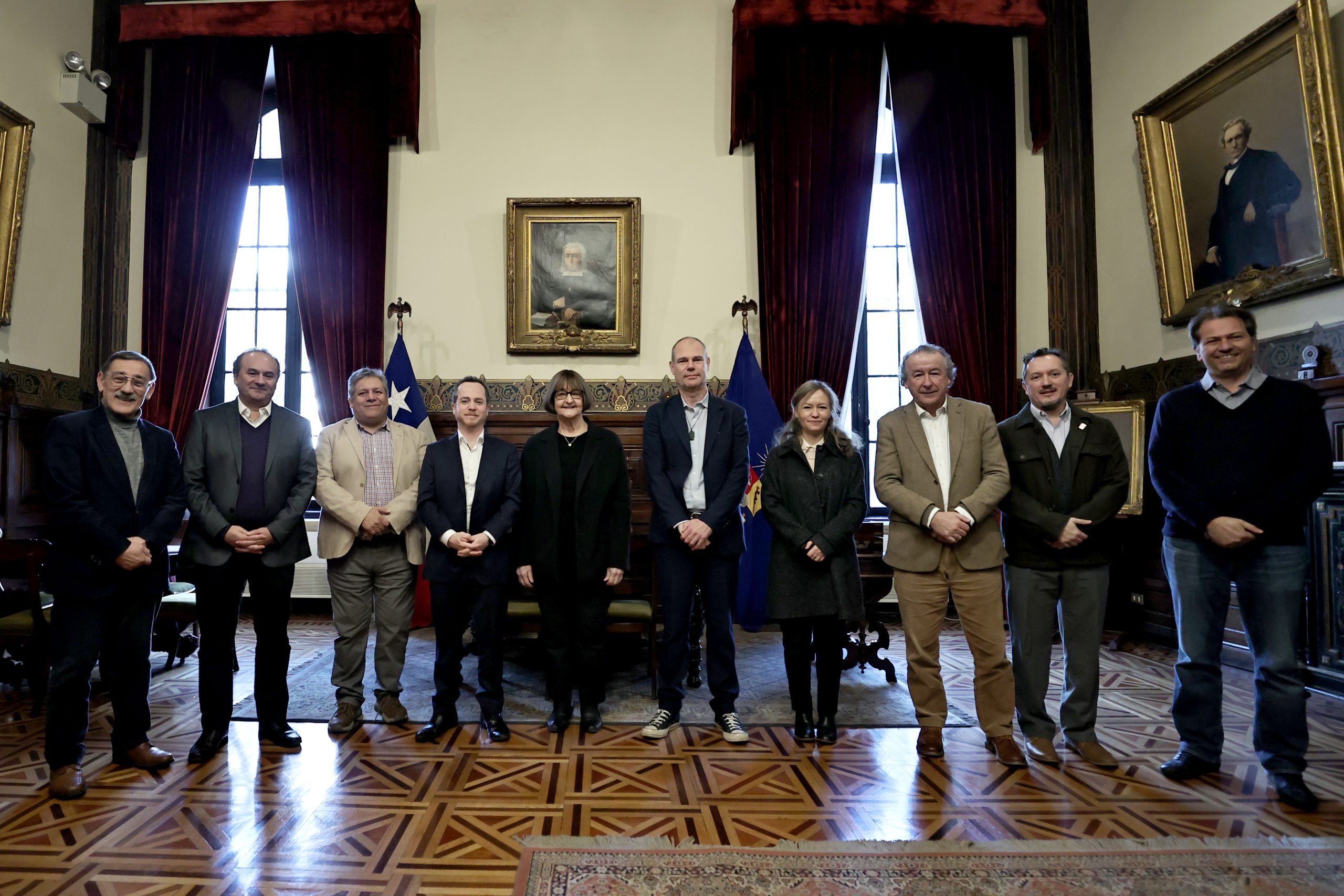The current head of cooperation, Ewout Sandker, visited University of Chile together with the interim head of mission, Quentin Weiler, before they finish their periods in our country. “The University of Chile has been a key ally in carrying out this work”’ they said. The new representatives of the European delegation are expected to arrive in September.
After almost five years of work in Chilean territory, the current EU delegation in our country will be renewed. Before their departure, the head of the Cooperation Section, Ewout Sandker, and the interim head of mission, Quentin Weiler, visited the University of Chile to review the progress of the work carried out in the framework of the iconic and important project that unites both institutions: the Copernicus Regional Centre for Latin America and the Caribbean (CopernicusLAC Chile), the Latin American branch of the European Union’s Earth Observation Programme hosted by the Center for Mathematical Modellng (CMM) of the Faculty of Physical and Mathematical Sciences (FCFM).
The European representatives arrived at Casa Central, where they were received by the Rector of the University of Chile, Rosa Devés, who was accompanied by the Dean of the Faculty of Physical Sciences and Mathematics, Francisco Martínez; the director of the Center for Mathematical Modeling (CMM), Héctor Ramírez; the director of CopernicusLAC Chile, Florencio Utreras; and the scientific director of the Centre, Jaime Ortega.
“It has been part of CMM’s work to identify and create these structures that are critical for research and for Chile’s economy. It is in our DNA to promote scientific adventures, which are full of successes and challenges. In this meeting with the Rector, new ideas and potential projects and collaborations with the national and international environment emerged, so we have taken note to advance in their concretions. In particular, we are convinced that the new services provided by CopernicusLAC have a gigantic potential”, remarked the director of the Center for Mathematical Modeling, Héctor Ramírez.
At a global level, Copernicus aims to provide the information collected by more than 30 satellites in an accurate, up-to-date and easily accessible way to improve environmental management, understand and mitigate the effects of climate change and ensure public safety. This initiative is led by the European Union, in collaboration with the European Space Agency (ESA), and landed in Latin America in 2018 with the support of the University of Chile and the Undersecretariat of Telecommunications.
“This project is of utmost importance for the European Union”, said Ewout Sandker. “Copernicus is a unique Earth Observation system, which can be used for many issues, such as monitoring biodiversity, climate change, pollution and for agriculture. With this project, we will have all the Copernicus data available here in Latin America with the possibility to process it, which allows users at home to process data with complicated algorithms and also to have land cover, metropolitan centre and ocean monitoring services, which are generic services that can be used directly and serve many purposes”, he added.
Quentin Weiler stressed that “this is an extremely important project for the use of the Copernicus satellite in Chile, but also in the whole Latin American region, which shows the added value of the collaboration between Chile, the region and the European Union”. “We are very proud that this project can go ahead. The U. of Chile has been a key ally to carry out this work and we have to continue socialising how Copernicus can be used, because its use of data is public and any person, public entity or company can take advantage of these opportunities”, he said.
From CopernicusLAC Chile, Florencio Utreras stressed that “this project has a regional vocation, focused on Latin America and the Caribbean, because it is beneficial for the entire region”. He also pointed out that the centre is working towards the goal of being able not only to disseminate results, but also images to be used independently by Latin American countries. “We are building a very solid team precisely to make our services permanent in the region. The alliance between Latin America and the EU is fundamental, because the vocation of Copernicus is global and what we are doing today with this work is to localise it in the region”, he added.
Work in Chile
It was on 11 March 2023 when the Executive Vice-President of the European Commission, Margrethe Vestager, and Rector Devés formally presented the Copernicus Regional Centre for Latin America and the Caribbean (CopernicusLAC Chile), which is funded with 4 million euros from the European Union and 1 million euros from the University of Chile.
Specifically, the centre located at MWC is dedicated to the open-access storage, processing and distribution of regional data and products obtained by the Sentinel satellite constellation, which orbits periodically collecting data for land, oceanic and atmospheric observation.
The first two CopernicusLAC Chile services were launched in July 2024 and are the ‘Land Use and Land Cover Map’ and the ‘Urban Atlas’. The first one allows the monitoring of changes in the territory, helping to mitigate deforestation, protect biodiversity, ensure food security and promote efficient public policies; while the second one allows the collection of geospatial data on land use in urban areas, supporting the creation of sustainable cities.
In addition, work is underway on an ocean and coastal monitoring tool that will transform global data into regional services, covering aspects such as temperature, water salinity and sea surface height, among others.
(Text: Rectoría U. de Chile Press Office)
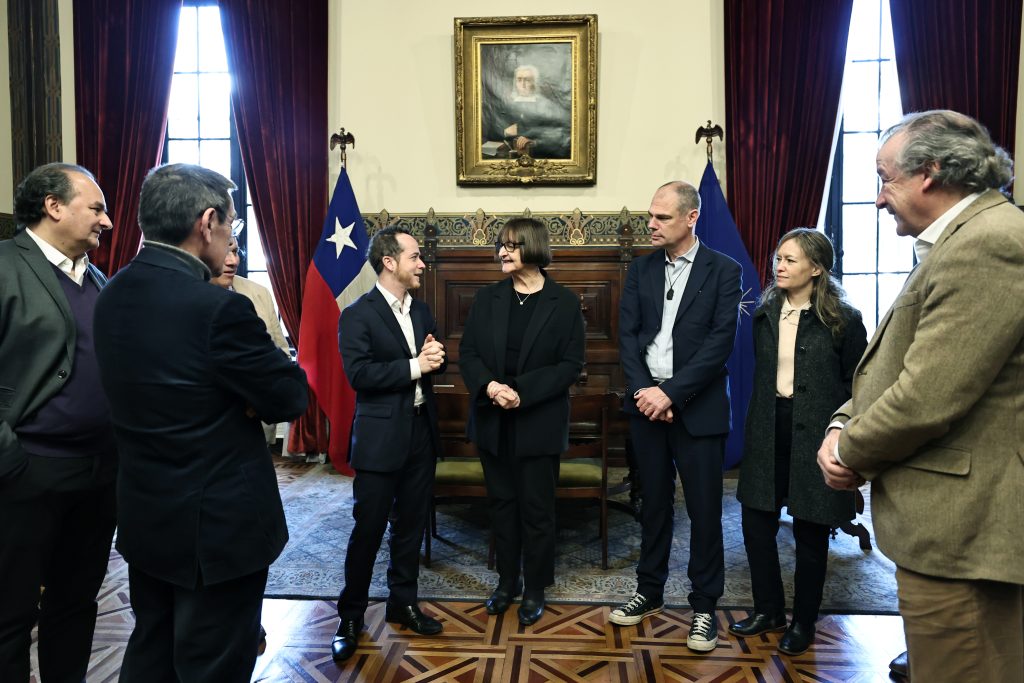
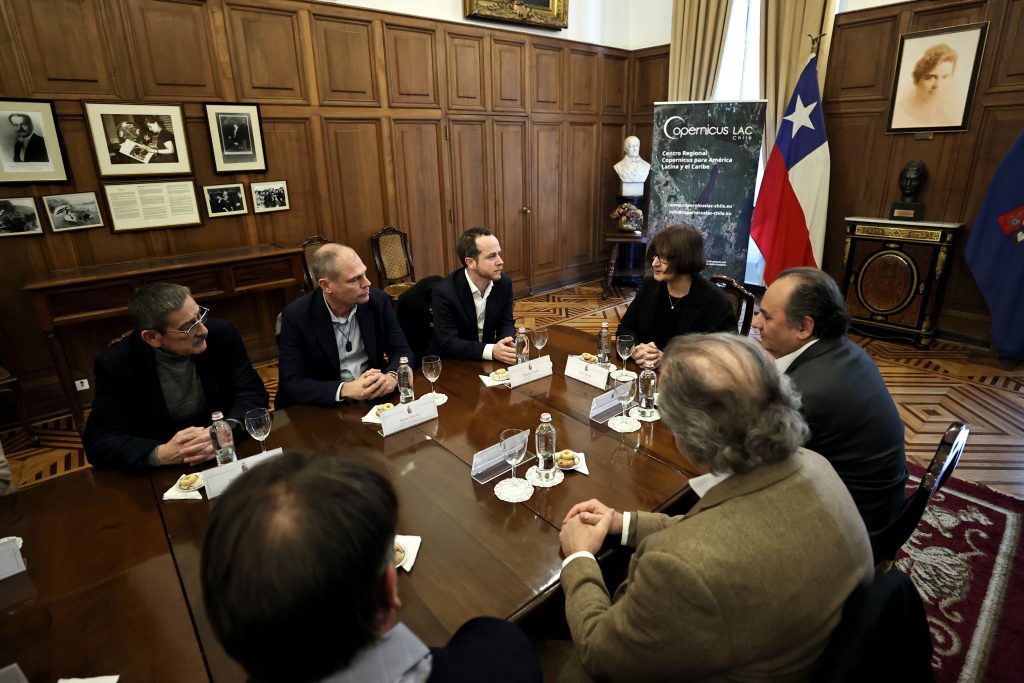
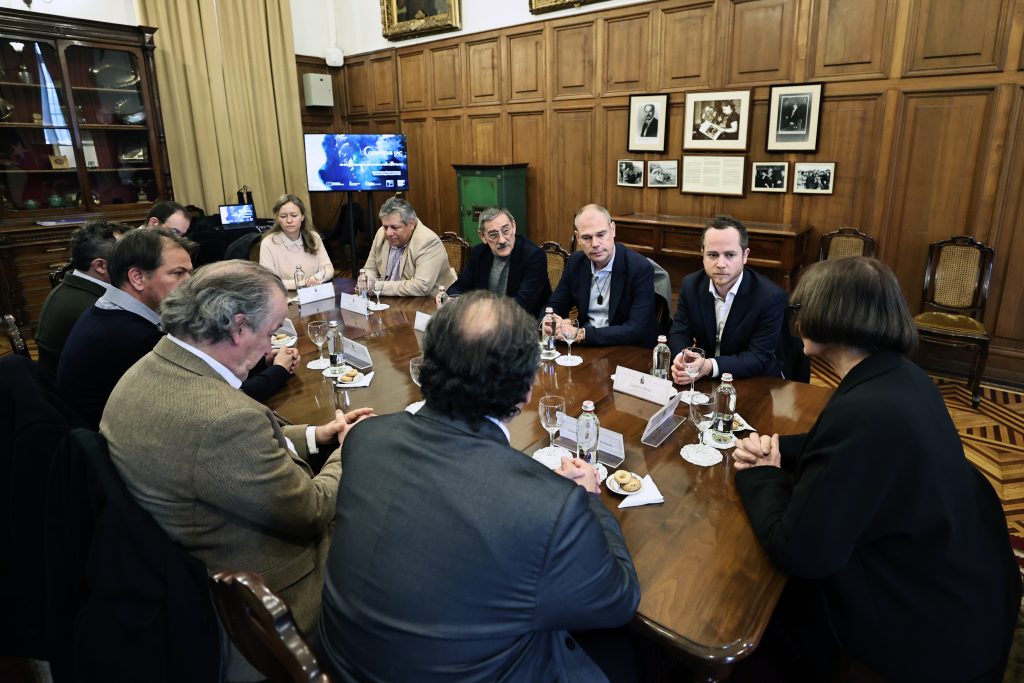



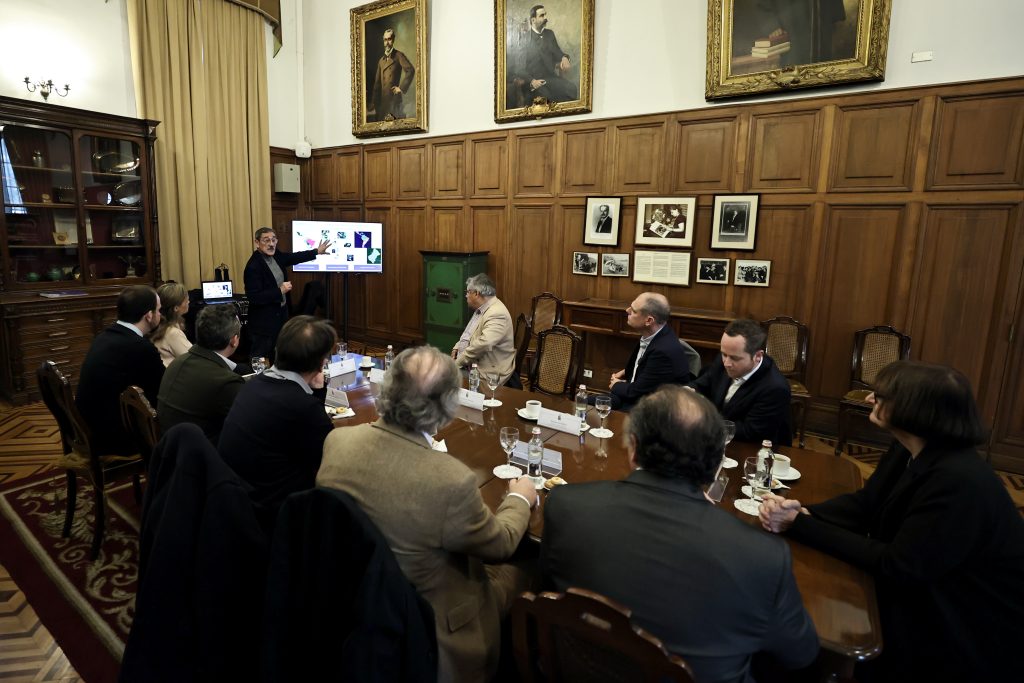

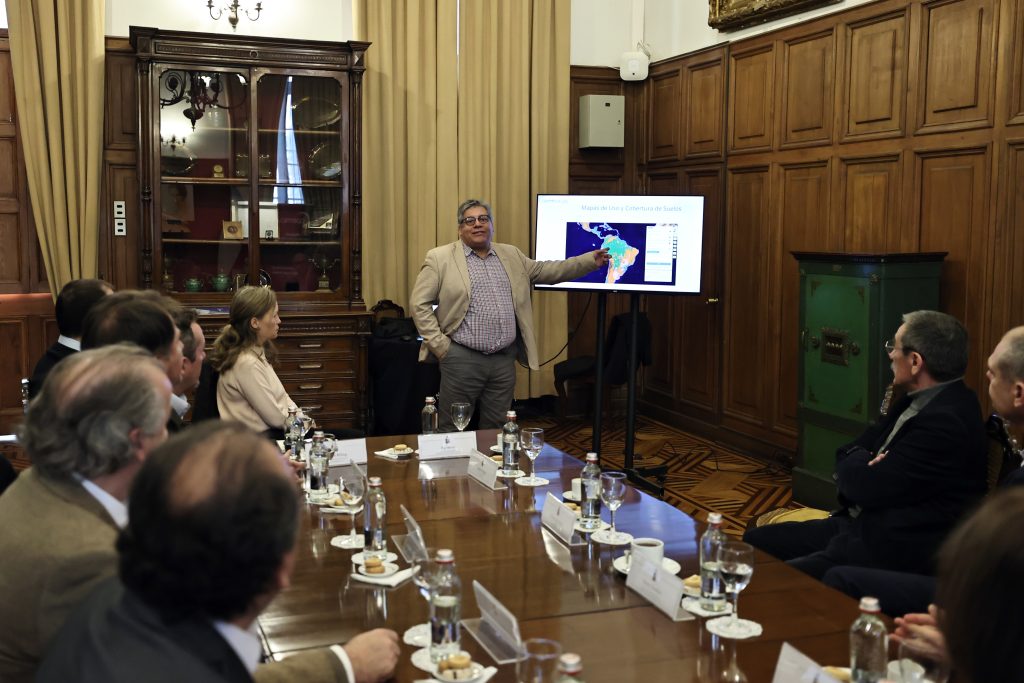
Images courtesy of Universidad de Chile – Felipe PoGa



